
What’s in the Training Section?
Here’s a list of the articles you’ll find in the training section. This list is viewable for everyone (you don’t have to be a member).

Here’s a list of the articles you’ll find in the training section. This list is viewable for everyone (you don’t have to be a member).
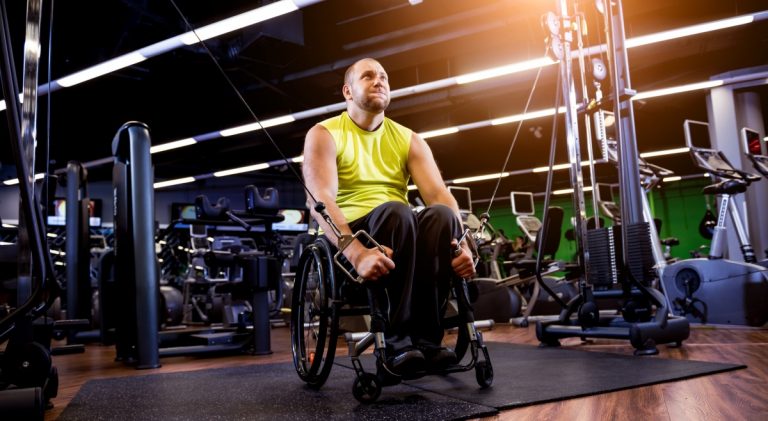
Here is a summary list of the most important points from the “Progressing Your Overload” article.

We go over how to progress your overload, getting a quality workout from start to finish, over 10 ways to overreach that aren't lifting heavy, and good ol fashion rest days.
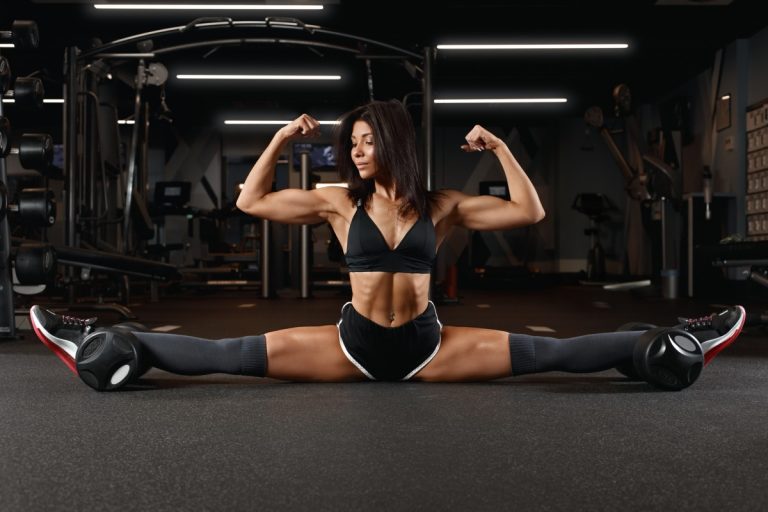
We discuss overreaching and why aesthetic athletes still need to be cognizant of their training performance.
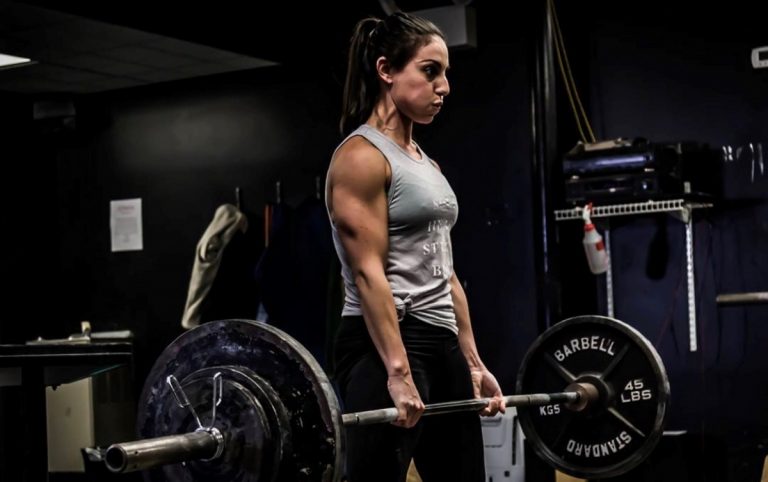
We give you suggestions of how you might cycle your intensity (how heavy you lift each workout and week to week).

The bro approach of "destroy yourself in the gym and if you don't, you're a whimp" is an asinine approach to training. Let's train smart and train hard. We outline signs of overtraining, discuss the relationship between food and overtraining, and detail how your mind influences your overload.
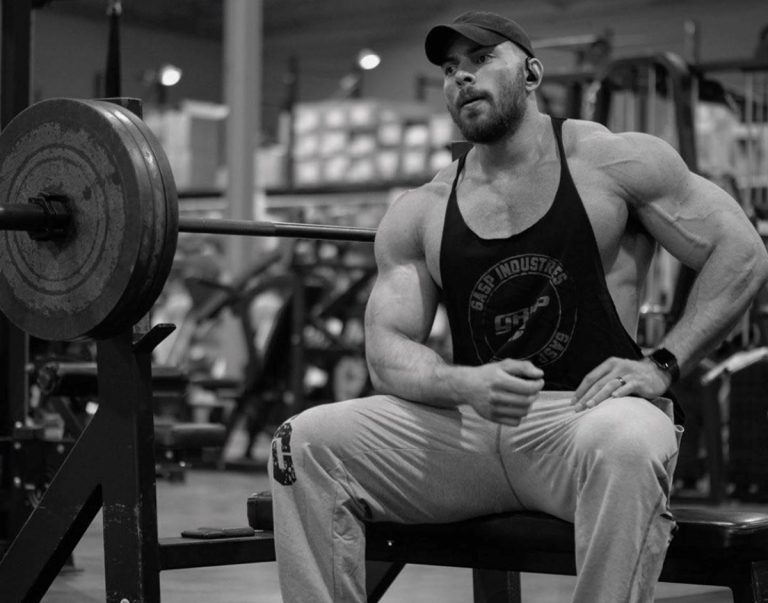
Here we tie in all of the principles learned from how muscles grow, intensity, volume, and frequency to bring you our recommendations for how you should progress your overload. In this article we outline muscle damage, the signs of muscle damage, and really get into the nitty gritty detailing how excessive damage is limiting growth.
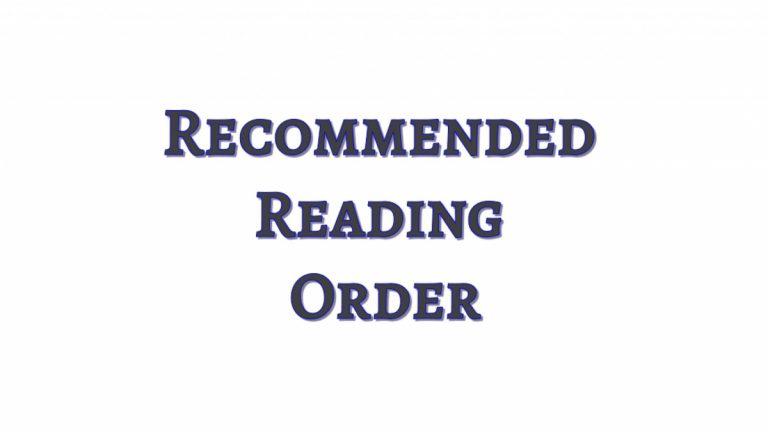
There’s a lot of information on this site. Here’s our recommended reading order for the training portion of The Physique Encyclopedia.
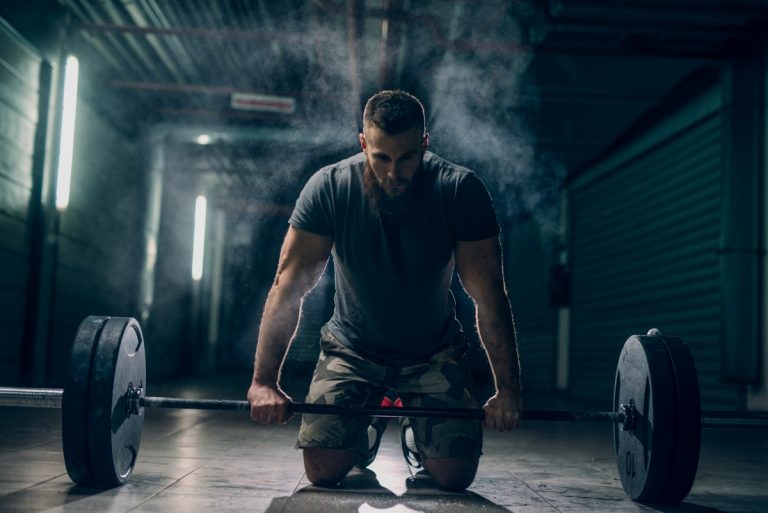
Here is a summary list of the most important points from the “Volume” article.

Here we outline our volume recommendations for each muscle group for older adults. Keep in mind chronological age doesn't solely determine how you should train and if you think you're still hitting it hard, train with any of the adult volume recommendations. However, if you're getting back into it at an advanced age, check this out.

We detail our recommendations for sets per workout, sets per week, rest intervals, and rep ranges for each muscle group in adults ages 18-60. We have separate recommendations for beginner, recreational, and advanced lifters.

This is our first series of tables outlining volume for each population. If you are ages 3-17, find out how many sets we recommend per workout and total per week. We give you corresponding rest intervals and rep ranges as well as give separate recommendations for novice lifters and more experienced lifters.

If you want your muscles to adapt, you need to listen to them and adapt your workouts based on what they're telling you. We discuss and give an example of how to adjust your volume. Subtle changes allow for BIG gains.
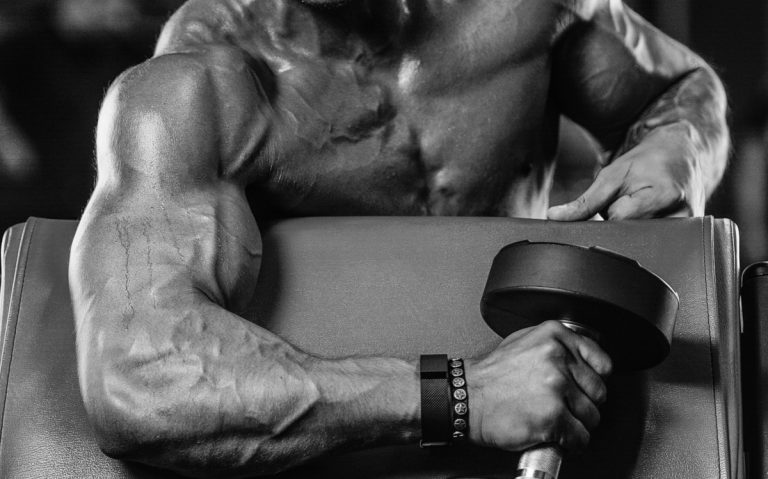
How much volume you need to grow varies based on your training experience. Additionally, there's an inverse relationship between volume and intensity. If you lift heavier, you can't do as much. This results in rest intervals and exercise selection greatly influencing how much volume you'll do each workout.
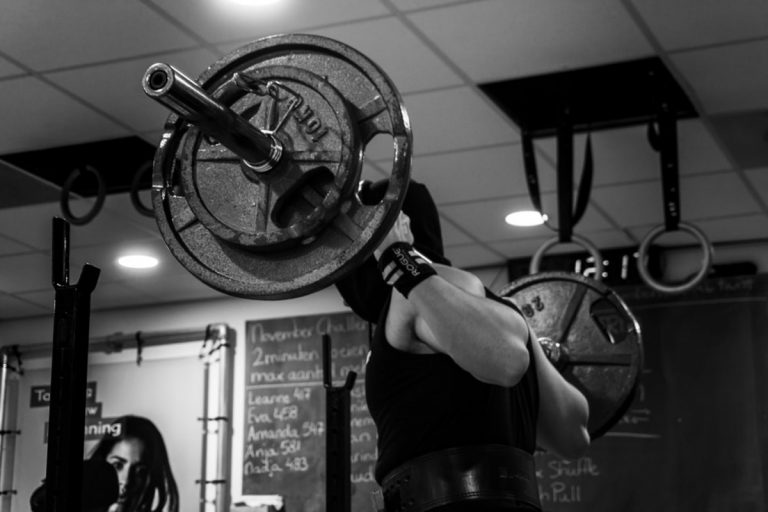
We define training volume and examine how literature commonly assesses it. We discuss numerous relevant studies and draw applicable conclusions from each based on the protocol, participants training experience, and natural physiology.

Here is a summary list of the most important points from the “Frequency” article.